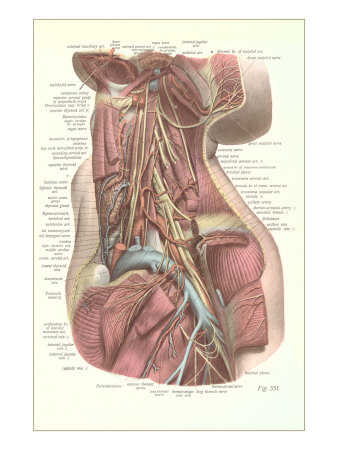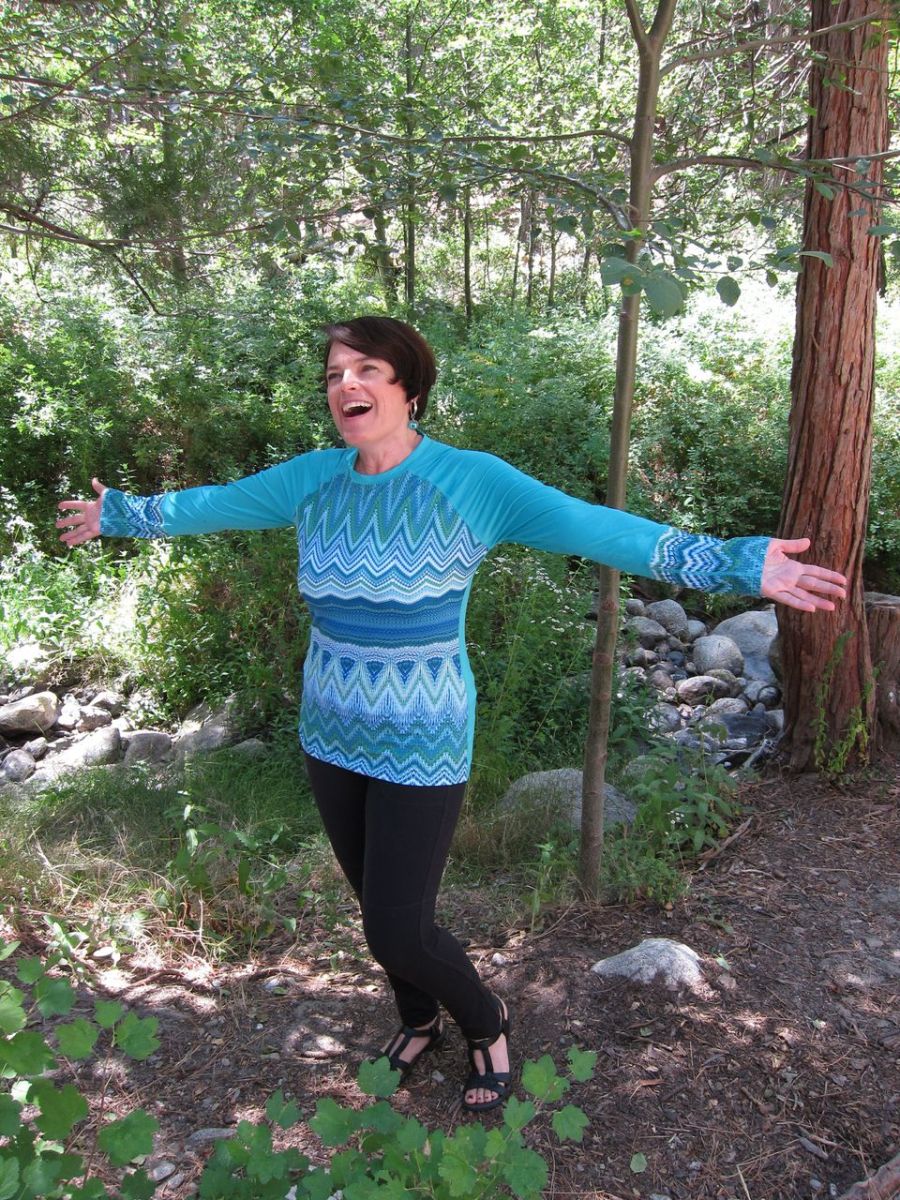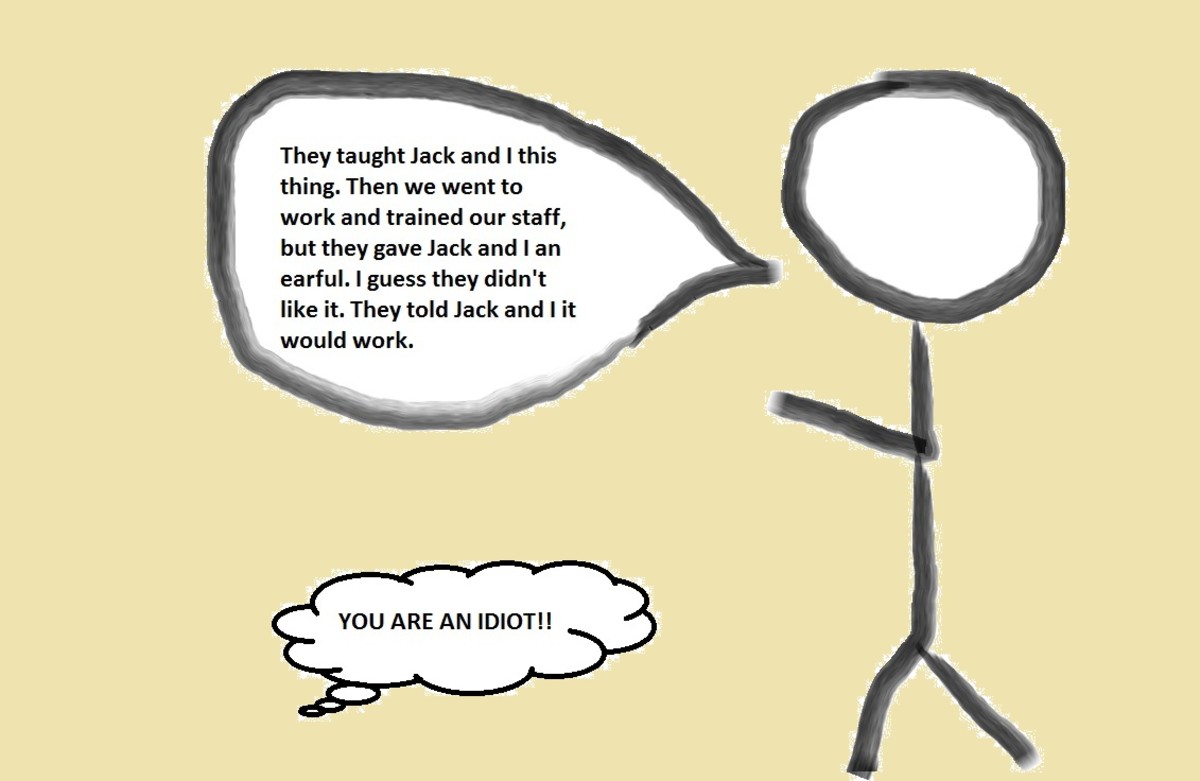How to Breathe Correctly for Singing or Speaking: Master the Art of Breath Control

I know you're laughing, and saying, "I already know how to breathe!" That's true, but this method is a way to breathe that is more efficient and makes better use of your body, as well as set up your body to produce a sound that will carry farther, without any effort on your part. You'll have a lot more air and energy, and feel much better. In addition, you will have a lesser chance of making yourself hoarse and tired-sounding, and of damaging your fragile vocal cords.
- Take a deep breath and watch yourself in the mirror. If your chest moves, you're not breathing efficiently. To strengthen your chest muscles, first, stretch your arms over your head. This exercises the muscles that is in between each rib, called the "intercostals". You should really stretch until you feel a pull between each rib. Holding those ribs apart, place your hands on your head as if you were putting on a beanie at the crown of your head. (Not the back of your head; not the top of your head; the area just where the top of your head curves over into the back of your head.) You should feel a pull stretching your ribs outwards. If you don't feel the pull, tuck your elbows back until you do. Now the hard part--drop those hands to the side while maintaining your rib position! This may take several days or weeks of practice.
- Once you can maintain your expanded rib position, allow your jaw to sag open until you can see about a half-inch of darkness inside your mouth when you look in the mirror. Do not push your jaw down—again, this creates too much tension and you will restrict the ability of the sound you produce to travel. Instead, practice relaxing the jaw muscles as if you were too tired to keep your mouth closed. Allow your tongue to come forward, over the tops of your lower teeth and rest against your lower lip. Your tongue should be loose and relaxed, not tense. You will especially have to watch for tension at the base of your tongue, where the tongue muscle attaches to the rest of your body. With your mouth open, breathe in through your nose. Your nose is specifically designed for the intake of breath and will filter out small particles and humidify the air as it goes into your lungs. As you breathe in, you should detect a small lift in the soft palate. This is caused by the air rushing over the top of the soft palate, in the same way that the air rushing over a plane's wing causes it to lift up. If it doesn't come up, you're drawing air through your mouth instead of your nose. If your ribs are fully extended, you will notice that your chest doesn't move. Only your abdomen moves in and out. If you notice any chest movement, continue to work on exercising those intercostal muscles until they can fully support your rib cage. If you hear a hissing sound when you breathe, you are tense. Take a few minutes and relax. To sing or speak, you need to allow the free passage of air and the hissing sound indicates friction. That friction is what wears things like car tires out, and it will damage your delicate tissues, too! So relax until that breath is completely silent! (You still have to keep your ribs up!)
You will feel stupid but don't worry about it. No-one will notice from a few feet away and in a day or two you won't care, because this method of breathing will make you feel so much better and energized.
Practicing in front of a mirror is essential. Don't worry about how you look to others or to yourself. Just keep practicing the breathing.








